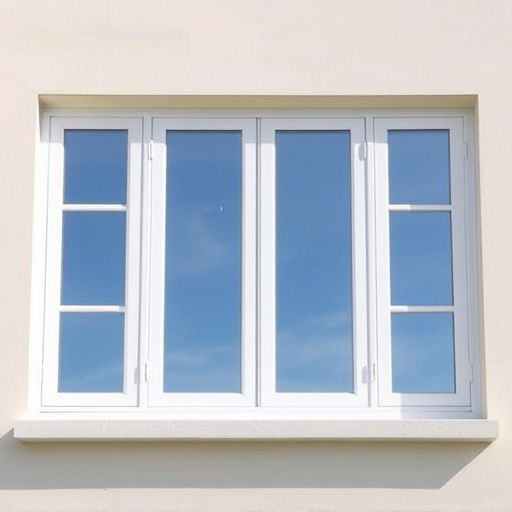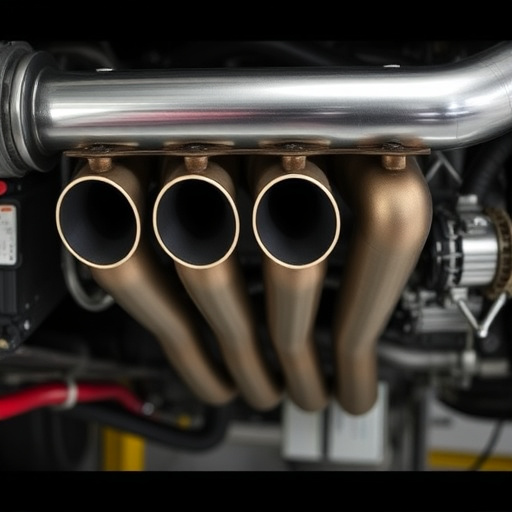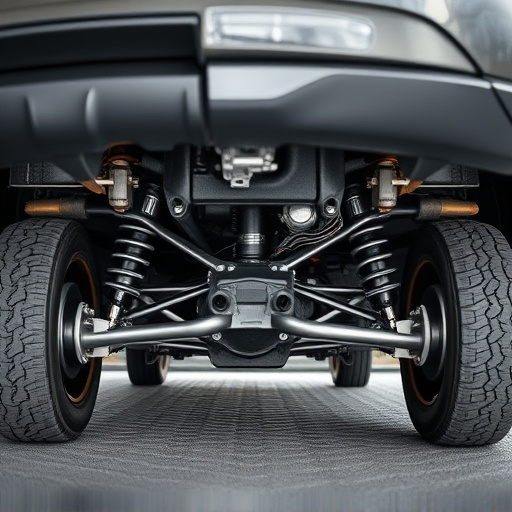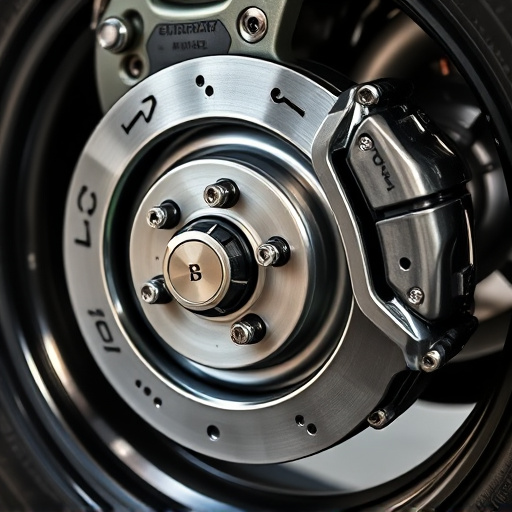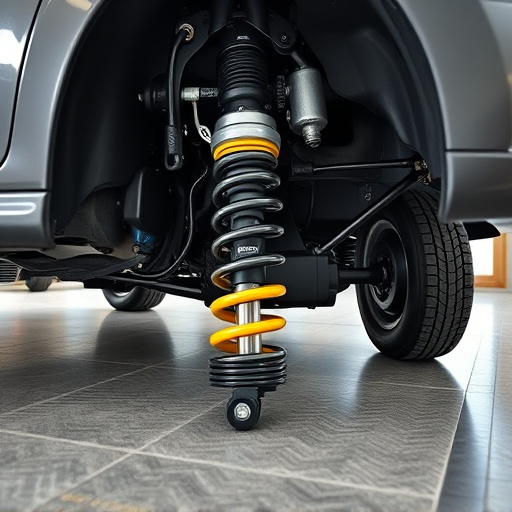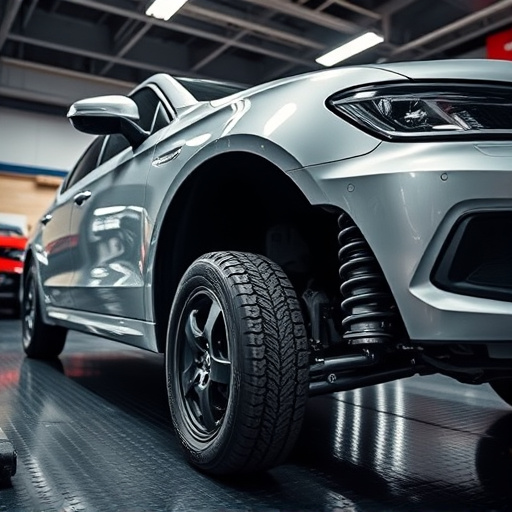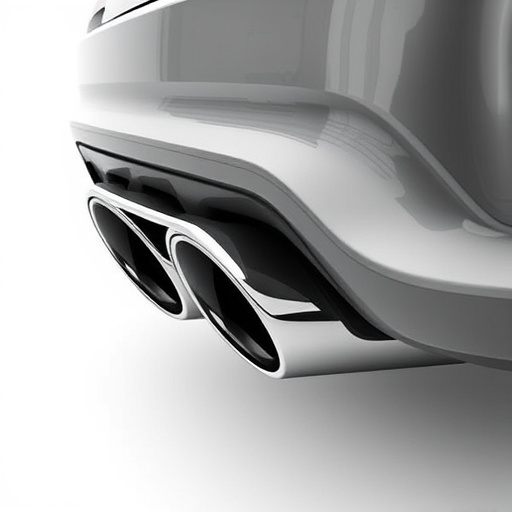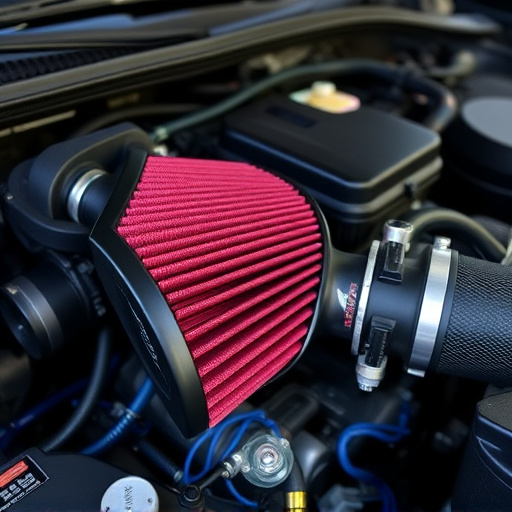Drop-in air filters are essential for vehicle engine health, influencing fuel efficiency and power output by ensuring clean air reaches the combustion chamber. Regular maintenance, including re-oiling or replacement decisions, is crucial to prevent clogging issues. While re-oiling offers cost savings, replacing the filter guarantees peak performance, especially in challenging environments. Maintaining optimal drop-in air filters extends the lifespan of related components like exhaust systems and brake pads, emphasizing regular checks for engine health and improved driving experience.
Is your car’s performance dropping? Could your drop-in air filter be the culprit? These filters play a vital role in enhancing engine efficiency, but over time, they can become clogged and compromised. This article guides you through the process of deciding whether to re-oil or replace your drop-in air filter. We’ll explore common issues, compare re-oiling vs. replacement, and offer maintenance tips to help you make an informed decision for optimal engine health.
- Understanding Drop-In Air Filters: Their Role and Common Issues
- Re-Oiling vs. Replacement: A Comprehensive Comparison
- Maintenance Tips: When and How to Make Your Decision
Understanding Drop-In Air Filters: Their Role and Common Issues
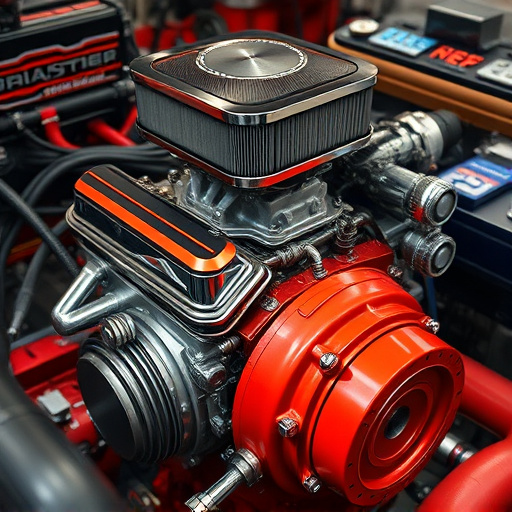
Drop-in air filters are an essential component of your vehicle’s engine compartment, playing a crucial role in maintaining optimal performance and efficiency. These filters are designed to fit directly into the existing air intake system, providing a simple and effective way to enhance airflow to the engine. They act as a barrier, capturing dirt, dust, and other contaminants, allowing only clean, filtered air to reach the engine’s combustion chamber. This process is vital for several reasons: it improves fuel efficiency by ensuring a consistent supply of cool, dense air, enhances engine power and performance brakes by providing a steady flow of oxygen, and can even contribute to reducing emissions.
However, like any component, drop-in air filters are susceptible to wear and tear over time. Common issues include clogging due to prolonged use, especially in environments with high dust or debris levels. This can lead to reduced airflow, which may cause the engine to perform poorly, resulting in decreased fuel efficiency and potential damage to performance exhaust components like catalytic converters. Regular maintenance, including periodic cleaning or replacement, is essential to keep your drop-in air filter functioning optimally.
Re-Oiling vs. Replacement: A Comprehensive Comparison
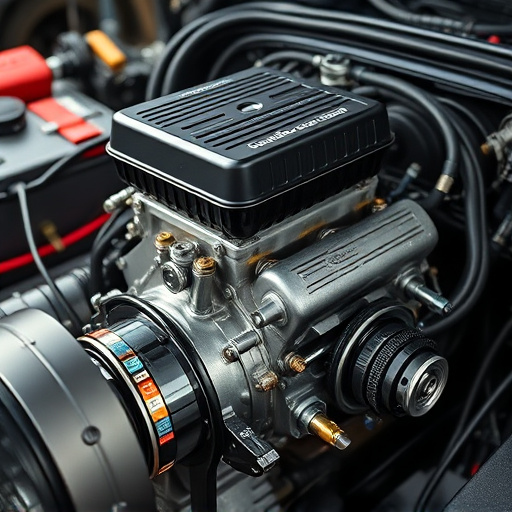
When it comes to maintaining your vehicle’s performance, deciding between re-oiling and replacing your drop-in air filter is a crucial choice. Let’s explore the fine line between these two options and help you determine the best course of action for your needs.
Re-oiling your drop-in air filter can be an attractive option due to its cost-effectiveness. It involves removing the old oil, cleaning the filter, and adding fresh oil. This process prolongs the life of your existing filter, ensuring it continues to efficiently capture pollutants from the air entering your engine. However, re-oiling is not without limitations. Over time, filters can become too contaminated or damaged, rendering them less effective even after re-oiling. In such cases, replacement might be a more sensible choice, especially if your vehicle has been through rough conditions or extensive use. Replacing the filter guarantees optimal performance and ensures that your engine receives a constant supply of clean air, which is essential for efficient combustion and overall engine health. While replacing might seem like a pricier option initially, it can prevent future issues related to poor air intake, such as reduced power output and increased fuel consumption.
Considering factors like the age and condition of your current filter, maintenance history, and whether you’ve installed aftermarket components like cold air intakes or exhaust tips, will help guide your decision. Air intake systems play a significant role in engine performance, and ensuring their cleanliness is vital. Whether you choose re-oiling or replacement, regular maintenance checks can significantly extend the lifespan of your drop-in air filter, contributing to a smoother driving experience.
Maintenance Tips: When and How to Make Your Decision
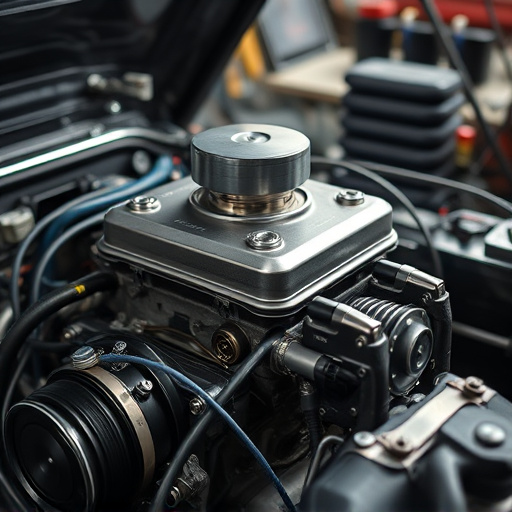
Regular maintenance is key when it comes to keeping your vehicle’s air intake system running smoothly. One of the most important components in this system is the drop-in air filter, which can significantly impact engine performance and efficiency. To decide whether to re-oil or replace your drop-in air filter, consider its age, usage, and condition.
If your drop-in air filter has been used for a significant period, especially in regions with poor air quality or if you frequently drive in dusty conditions, it’s likely due for a replacement. Even with regular cleaning and re-oiling, the filter media can become clogged and inefficient over time. In contrast, if your vehicle’s cat back exhaust system and brake pads are in good condition, suggesting minimal wear and tear, then a simple cleaning and re-oiling might extend the life of your drop-in air filter. However, if it has reached its limit, replacing it with a new one is a wise decision to maintain optimal engine health and performance.
When deciding between re-oiling or replacing your drop-in air filter, consider its age, performance, and cost. Regular maintenance, including timely cleaning and oiling, can extend its life. However, if it’s significantly clogged, expensive to maintain, or causing system issues, replacement may be the better option. Always refer to your manufacturer’s guidelines for specific recommendations regarding your drop-in air filter’s care and replacement.




